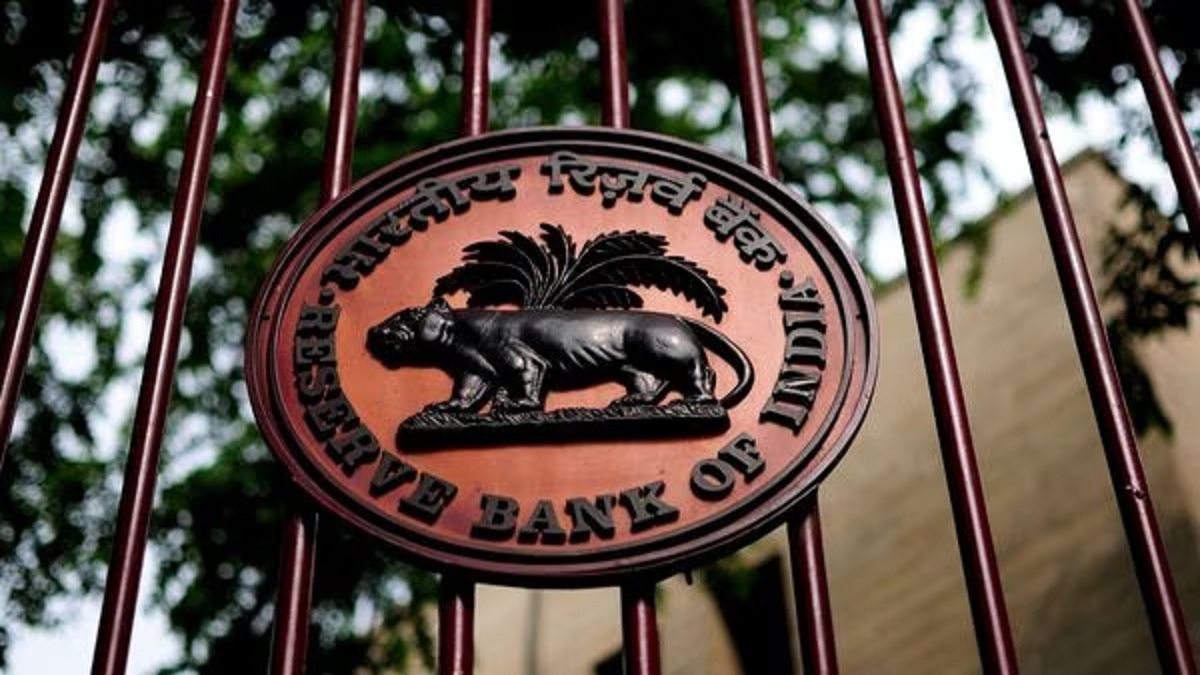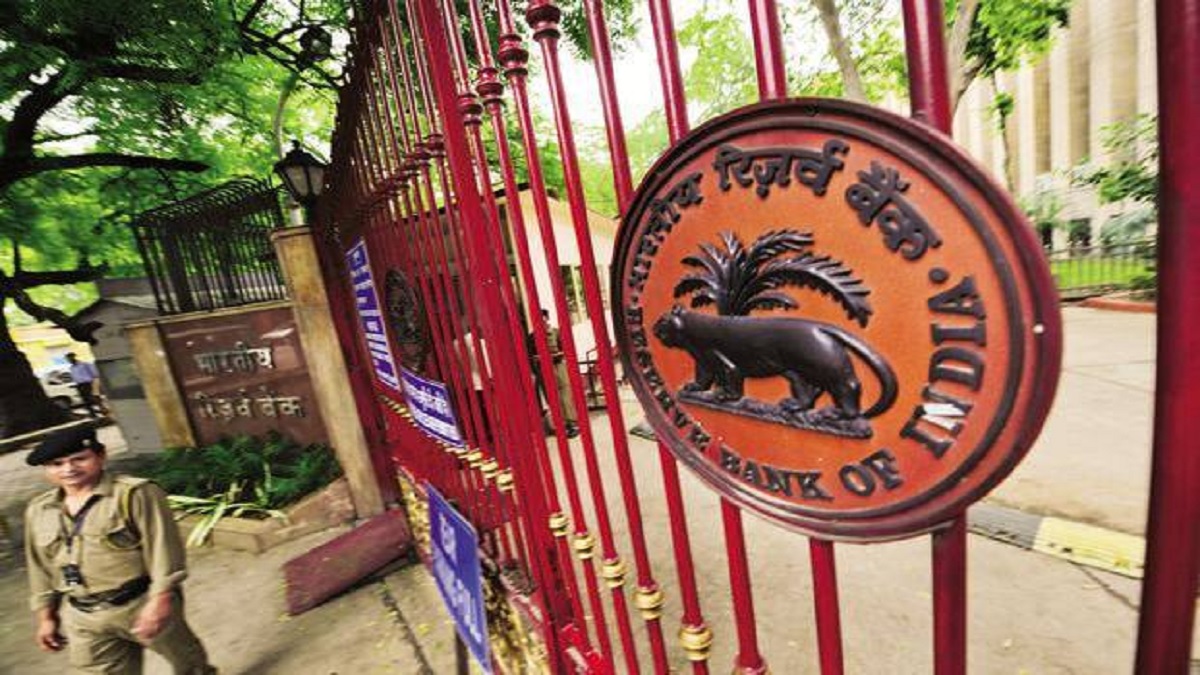Bank account gone dormant: Here are ways to reactivate it
In this article, we’ll discuss whether your bank account has become dormant and, if so, how to reactivate it. A bank account is often labeled as inoperative or dormant after being idle for more than two years. This category was created because financial institutions must keep records for every account, and keeping inactive accounts can be time-consuming and expensive. You can normally restart an inactive account by starting a deposit or by contacting your bank if you have one. However, if an account has been inactive for more than ten years, the bank may have given the Reserve Bank of India’s Depositor Education and Awareness Fund any unclaimed funds or residual balance.

Ways To Reactivate Bank Account That Gone Dormant
It would help if you got in touch with the RBI to claim the money from this fund. Following the RBI’s guidelines, several public sector banks in India now demand that both savings and current accounts be labeled as inoperative if there have been no transactions for more than two years. An inoperative account has not had any customer-initiated transactions for a continuous two-year period; bank-initiated transactions, such as interest credits or service charges, are not considered customer-initiated transactions for this definition. The bank will notify the account holder when an account is designated as inoperative and inform them of the account’s status.

By making a transaction within a predetermined window of time, often around 90 days, the account user will have the chance to reactivate the account. If you have a public sector bank account that has been inactive for a while, it is advisable to check on its status and, if necessary, make a transaction to keep it active. You can do this by going to your bank’s physical location or by using its online or mobile banking services. Take into mind the following advice to prevent your account from going inactive: Make sure your account has at least one transaction per two years. Create a standing order to automatically transfer money from another account to your bank account regularly.
Make recurring payments by linking your bank account to a mobile wallet or UPI app. Inform your bank and ask that it keep its active status if you expect extended inactivity. Banks often don’t charge customers to reactivate inactive accounts. Banks may, however, charge for a variety of dormant account-related services, such as providing account statements or moving the remaining balance to a suspense account. However, disregarding the bank’s notifications about KYC updates or reactivating transactions can result in needless inconvenience while making a transaction.






